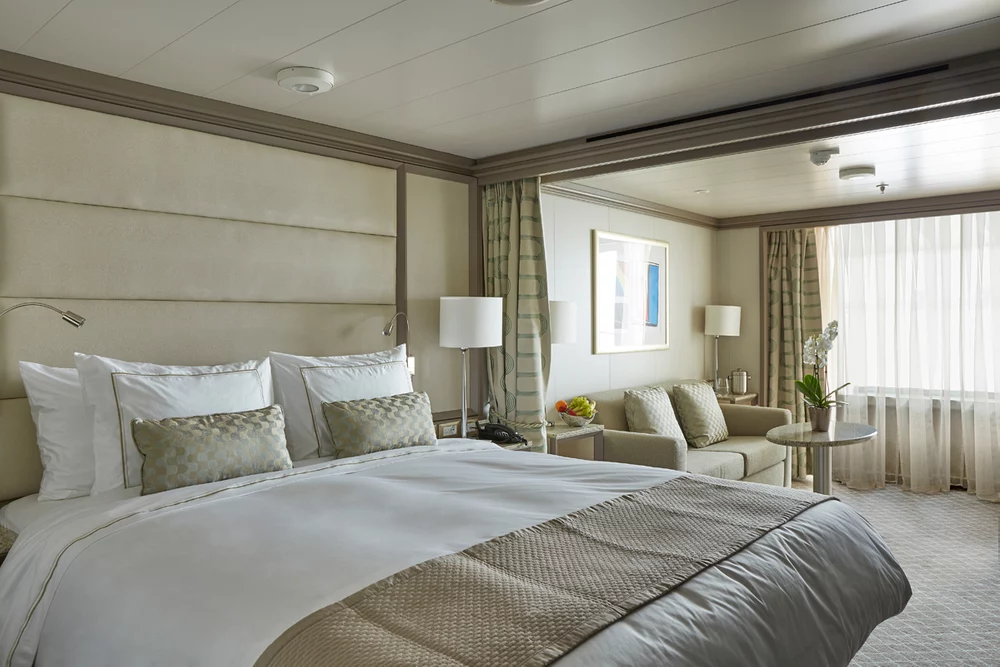Southampton to Lisbon
- 13 Oct ‘26
- 12 nights
- Departing from Southampton
- Silver Dawn
-
Inside price fromCall for price
-
Outside price from$14,900*/pp
-
Balcony price from$16,500*/pp
-
Suite price from$15,500*/pp
YOUR ITINERARY
Southampton - St Helier - Saint Malo (Brittany) - Bordeaux, France - Bordeaux, France - Bordeaux, France - Bilbao, Spain - Santander - Vigo - Oporto (Leixoes), Portugal - Lisbon












Standing on a triangular peninsula formed at the place where...
St. Helier is one of the twelve parishes of Jersey, the l...
Ship sails flutter in the breeze, at the natural port of Sa...
The name alone conjures images of sun-ripened grapes, ...
The name alone conjures images of sun-ripened grapes...
The name alone conjures images of sun-ripened grapes, spl...
Whether it’s the flow of its boundary pushing arch...
Northern Spain might not have the same allure as the Mediterrane...
Located in in Galicia, in the northwest of Spain on the P...
Lively, commercial Oporto is the second largest ci...
Lisbon, the capital of Portugal, is a city open t...
YOUR SHIP - The Silver Dawn
A new world of luxury is waiting aboard Silver Dawn. Both classic yet modern, Silver Dawn is the natural evolution of our fleet. Large enough to offer eight dining options – including the superb Sea and Land Taste (S.A.L.T.) programme – yet small enough for the famed Silversea on board ambience, Silver Dawn inherits the best features of her sister ships Silver Muse and Silver Moon, but is in a class all of her own. Sumptuous suites, outstanding itineraries plus cutting-edge design and technology, Silver Dawn sets new standards of luxury. Let’s wake up to a new dawn with Silversea.
Description
A new world of luxury is waiting aboard Silver Dawn. Both classic yet modern, Silver Dawn is the natural evolution of our fleet. Large enough to offer eight dining options – including the superb Sea and Land Taste (S.A.L.T.) programme – yet small enough for the famed Silversea on board ambience, Silver Dawn inherits the best features of her sister ships Silver Muse and Silver Moon, but is in a class all of her own. Sumptuous suites, outstanding itineraries plus cutting-edge design and technology, Silver Dawn sets new standards of luxury. Let’s wake up to a new dawn with Silversea.
STATEROOMS
SIMILAR CRUISES
-
DateTripCruise ShipNightsPrice
-
2026-09-19Southampton to LisbonSilver Dawn- 12Nights12
*Based on Twinshare cabin


